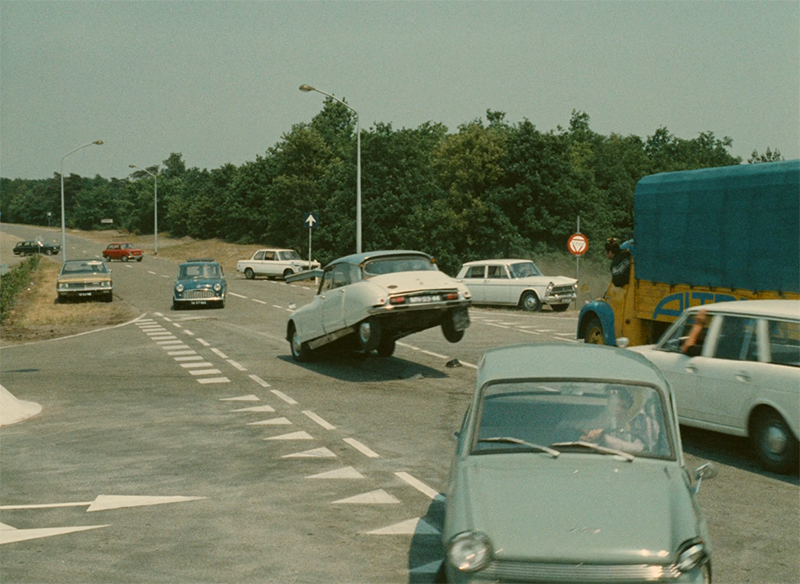Prisma #1

In 1991, the French film critic Serge Daney – one of the last representatives of a cinephile tradition marked by the experience of the Second World War, now in full acknowledgement of his imminent death – founded a new magazine called Trafic. The magazine’s mission statement expressed its dedication “to the circulation of jotted-down parcels of experience, whose common trait is their mutual origin in the existence of cinema as an art-form. Nothing more, nothing less.” Daney’s attempt to document those experiences, together with his recoupling of cinema and the ‘outside world’, was clearly meant as an act of opposition. After the fall of the Berlin Wall, the very age that had celebrated both the advent of post-history and the collapse of political polyphony also proclaimed the death of cinema as such. With these dark clouds gathering above him, Daney yet dared to make a hopeful proposition: “Is there, between the spectacle of images and the absence of images, a space left for ‘the art to co-exist with images’ – this by demanding the human comprehensibility of those images (lest we gain better understanding of them, of who made them and how, what they are capable of, and how they resonate with our world) while simultaneously preserving their inhuman, bewildering, ambiguous, and transgressive residue?” The very act of writing about cinema fosters the act of talking about cinema, as a way to relate to cinema, to share cinema, and thus to see cinema. We take in more from things when we feel capable of putting them into words, or when we suddenly feel ourselves able to recall them in our memory. In similar fashion, the ‘Prisma’ – a short series of apercus jointly published by the film magazine Filmmagie and the online platform Sabzian – aims to track down remarkable moments in contemporary film culture. As a format, it remains averse to projected certainties, treating these moments as if they were tidings from a constant history of forms and fictions. They thereby imply a vision of cinema as a prism that may break up light, but equally disperses it; curves it, but also steers it in a determinate direction; catches it, only to finally release it.
This Prisma was published as ‘Prisma #1’ in Filmmagie #671, january 2017.

